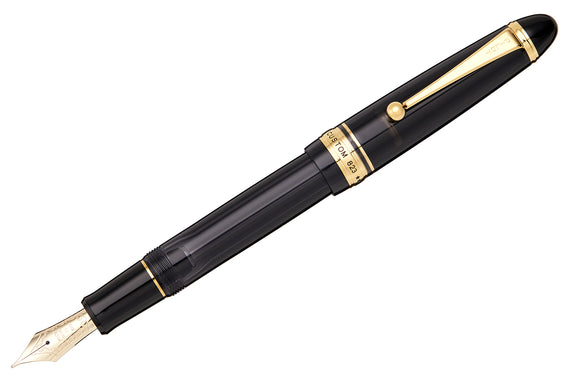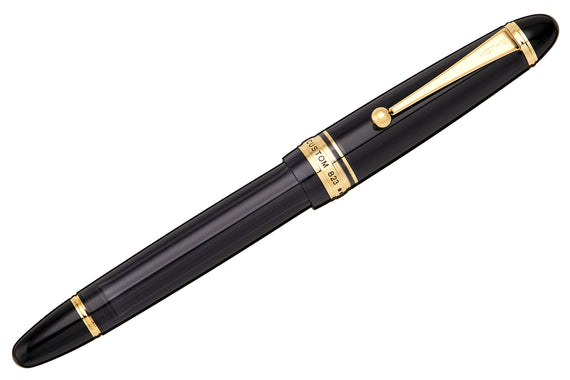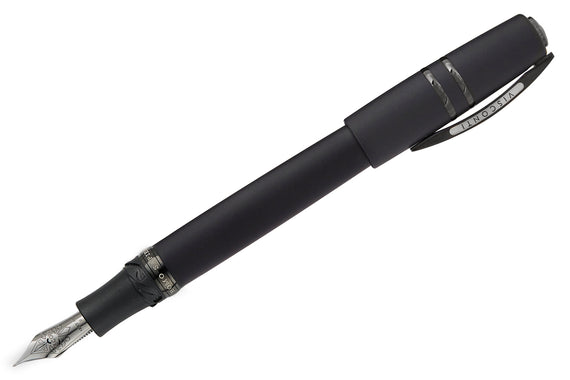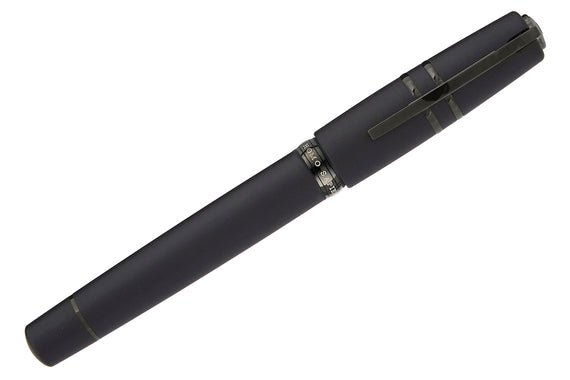How to Use a Vac Filler Fountain Pen
If you've ever written with or read about a problem with vacuum-filling fountain pens (such as the Pilot Custom 823 or TWSBI Vac700R) drying up after writing for a few minutes, you will definitely want to check out this video. The solution to your problem could be so simple you'll slap your forehead.
Long story short, you just need to unscrew the back filler knob when you write in order to ensure proper ink flow.
Why do I need to unscrew the back filler knob when writing?
There's an o-ring on the end of the filler rod that seals up the ink chamber. So unless you unscrew the back of the pen, you are essentially cutting off ink supply to your nib. You can still write for a bit (nearly 10 minutes in this video) before it dries up, but it'll happen, eventually.
Unscrewing that filler knob opens up the ink chamber and allows ink to go through the pen.
So why do pen companies design them this way?
Any pen that holds this much ink (2ml or more in most vacuum fillers) can be prone to leaking due to pressure changes caused by elevation and temperature variations. They seal them up so that leaking isn't as likely to happen. It just means you have to unscrew the back knob.
I'm not sure most fountain pen users are aware that vacuum filling pens require this, as I get a lot of questions from frustrated vac owners and read about it a lot on fountain pen forums.
Here's the letter I wrote while waiting for the pen to dry up after a fresh fill. It was pretty much a stream of consciousness, but ended up being kind of funny. Excuse the many spelling errors, I wasn't going to accuracy, but more for speed!
Hopefully, this helps to clear up some of the confusion and mystique about vacuum-filling pens. I do love the design and think they're a very novel way to fill a pen, and with this simple trick, it's easy to enjoy your vac-filler as it was intended.



































